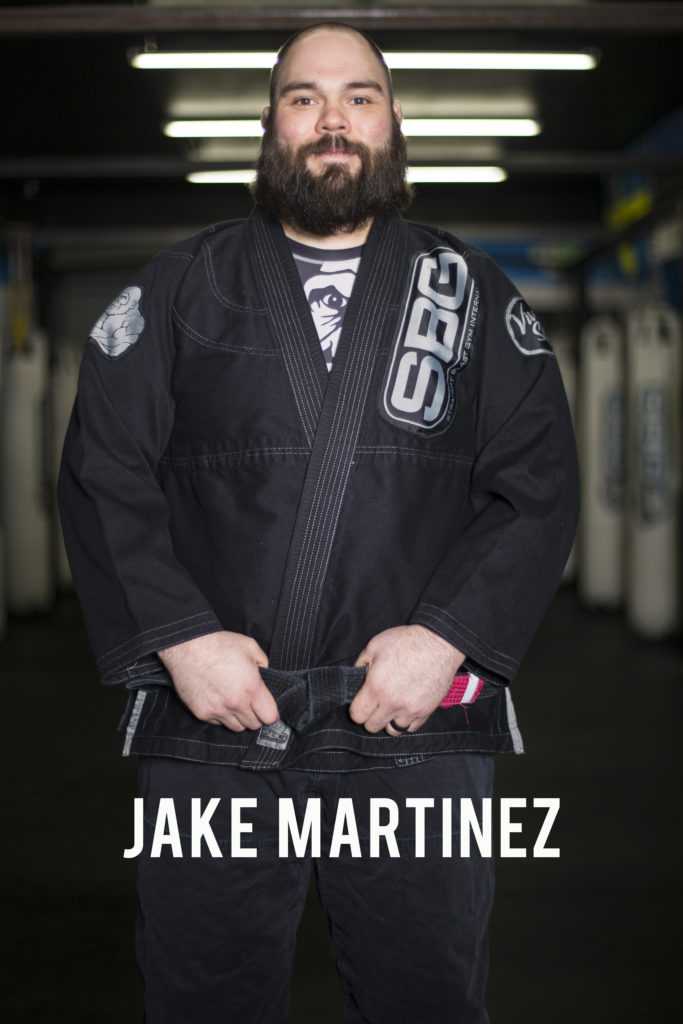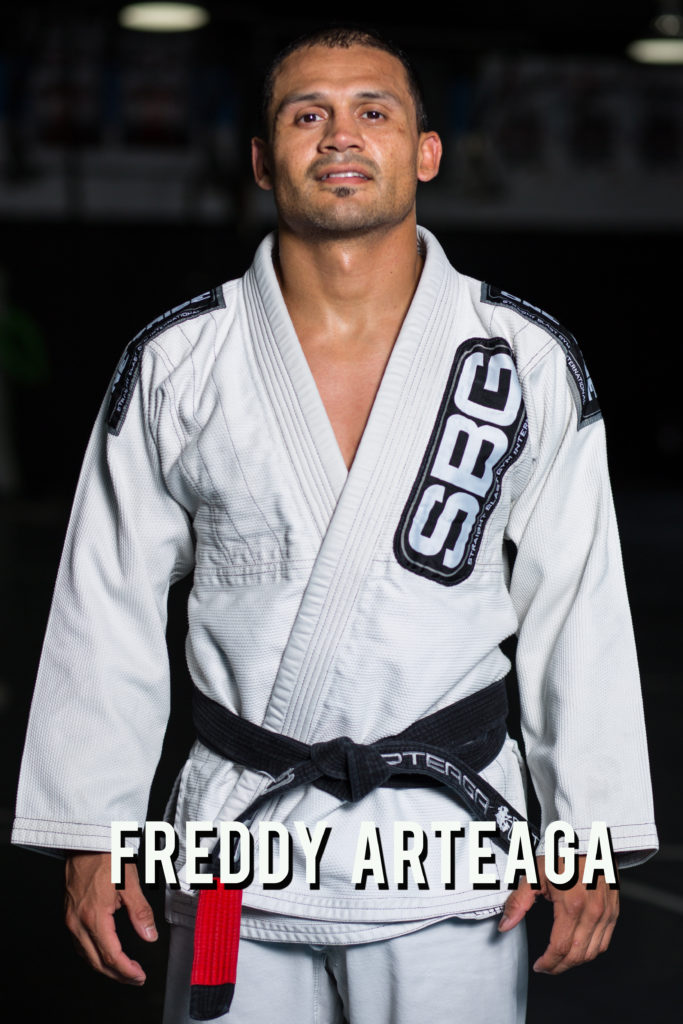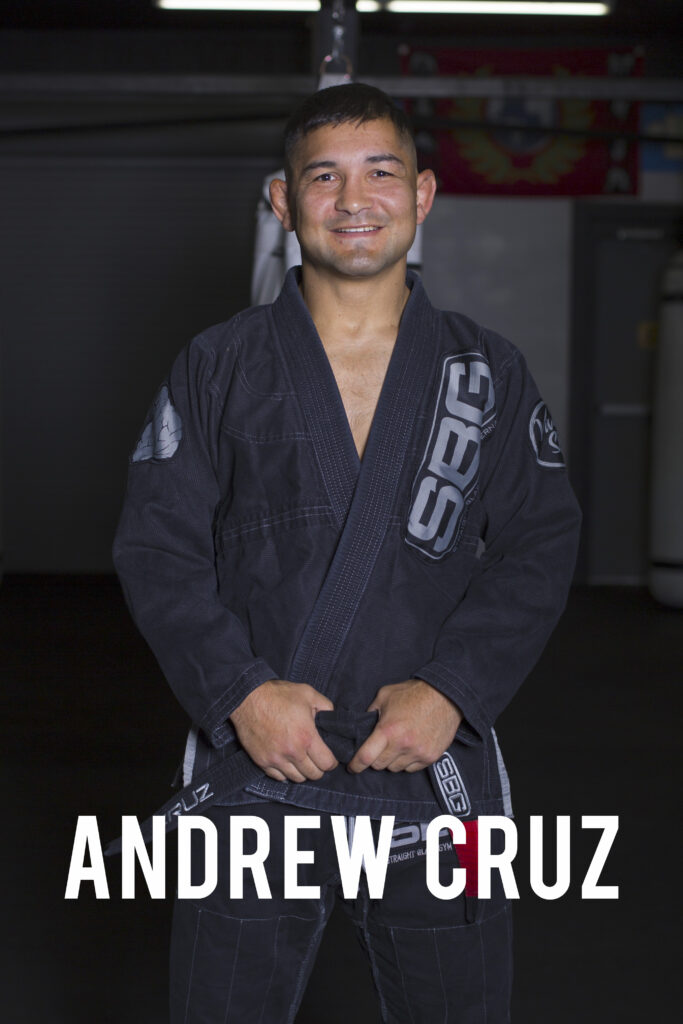BRAZILIAN JIU JITSU Classes in Boise
Join Our Jiu Jitsu Classes For World Class Martial Arts & Grappling Instruction
Improve Health
Gain Strength
New People
New Skills
New Challenges
Let's Get Started!
For more information on our Jiu Jitsu classes, contact us today
Boise Brazilian Jiu Jitsu Classes
Are you looking for Brazilian Jiu Jitsu (BJJ) Classes in Boise that will challenge you both physically and mentally? Look no further than Straight Blast Gym Idaho! Whether you’re a complete beginner or an experienced martial artist looking to take your skills to the next level, our BJJ program in Boise is the perfect choice.
We also offer Kids Jiu Jitsu & Kids Martial Arts Classes with our Growing Gorillas program. More information on these classes can be found here.
WHAT IS BRAZILIAN JIU JITSU:
BJJ is a grappling-based Martial Art that emphasizes technique and strategy over raw strength, making it the perfect choice for both men and women of all ages and fitness levels.
When you study Brazilian Jiu Jitsu at Straight Blast Gym Idaho, Boise, you’ll learn how to use leverage and timing to overcome opponents who may be much larger or stronger than you. You’ll also develop a wide range of techniques for taking the fight to the ground, manipulating your opponent into a vulnerable position, and applying submission holds that will force them to tap out.
But BJJ is much more than just a physical workout – it’s also a mental challenge that will help you develop focus, discipline, and a deeper understanding of yourself. As you progress through your training, you’ll learn to think more strategically, anticipate your opponent’s moves, and stay calm under pressure.
Why Choose SBG Idaho?
When you train Jiu Jitsu at SBG Idaho, you’ll get access to the best training and support available, from our team of experienced instructors to our supportive community of fellow practitioners.
Don’t wait – start your journey towards becoming a skilled and confident BJJ practitioner today!
Contact us by filling out the form below.






